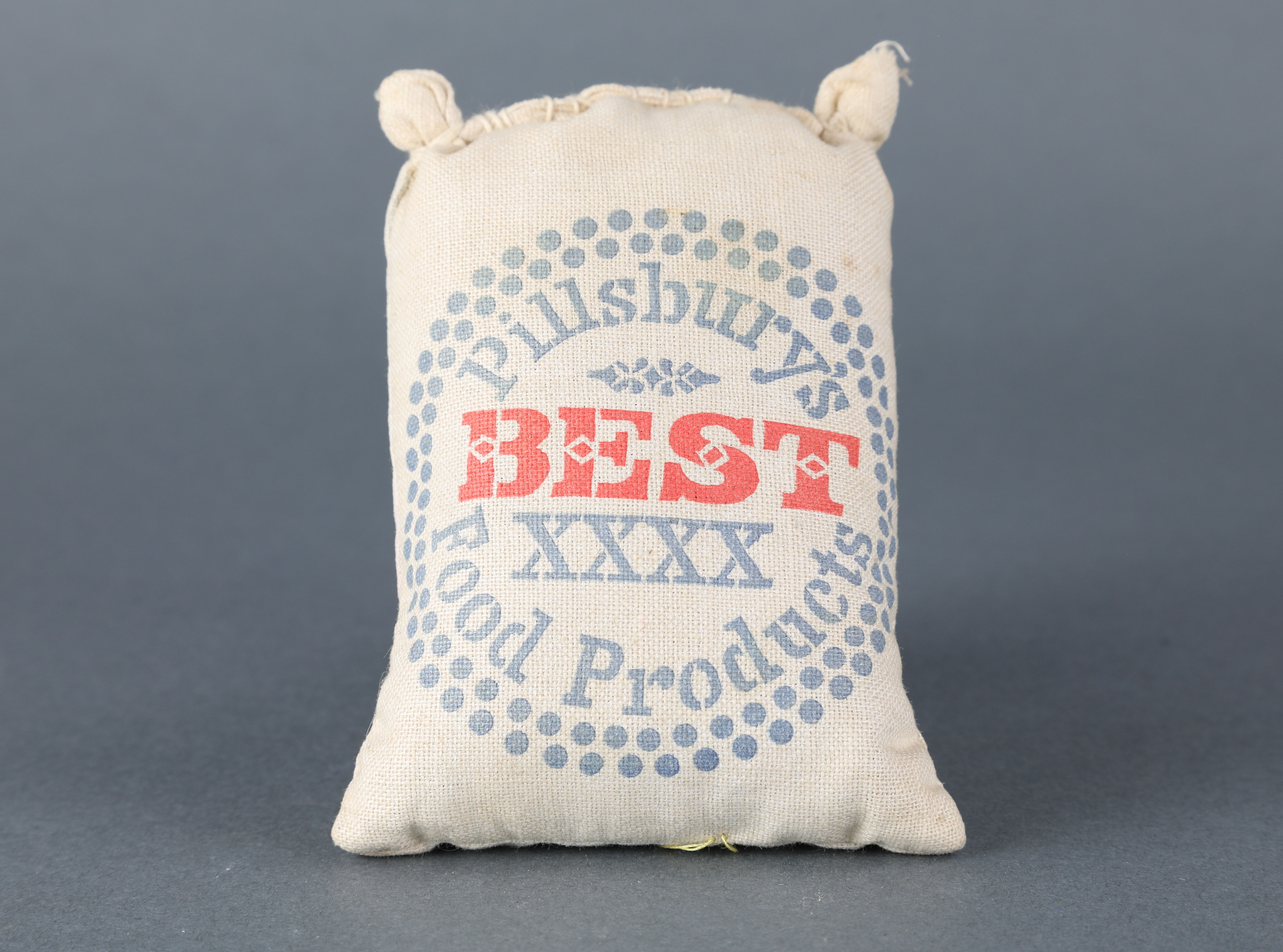December 27, 2018

Image from HHM Collections
Most residents of Hennepin County are aware of the vital role that the Pillsbury Company played in the development of Minnesota. Our local history of flour milling is well established. Moreover, for most of us, the name Pillsbury is synonymous with baking and invokes images of a beloved cheerful doughboy. The Pillsbury story is familiar, yet the innovative man who founded the company is probably less well known. His name was Charles A. Pillsbury, and this is a brief account of just a few of his many accomplishments.
After entering the flour milling business in 1869, Charles, along with his father and uncle, founded C.A. Pillsbury & Co. on the banks of the Mississippi River near St. Anthony Falls in 1872. That same year he created an ingenious way to set his flour apart from competitors. At that time, millers used “X”s to distinguish between different grades of flour. Three “X”s on a sack of flour meant it was the highest quality. Charles trademarked the Pillsbury’s Best flour logo with four “X”s, implying that is was far better than even the highest quality of flour produced by any other mill.
This clever marketing strategy was one of the reasons the company flourished. By 1881, the new Pillsbury A- Mill was completed. At that time, it was the world’s largest flour mill. The following year the mill was breaking records for the most barrels of flour produced in one day. Around this time, Charles created one of the first employee profit-sharing plans in the United States. Over the next ten years the company had shared over $150,000 in profits with its workers. Charles continued to be an innovator at his company until his death in 1899. The Pillsbury Company would go on to achieve even more success and carry on the tradition of innovation. Though the company was purchased in 2001 by General Mills, once its greatest rival, Pillsbury lives on as a baking goods brand that is still ubiquitous in American kitchens. Certainly, the man behind the name would be proud of the legacy he left behind.

Image from HHM Collections
Written by Alyssa Thiede
This publication was made possible in part by the people of Minnesota through a grant funded by an appropriation to the Minnesota Historical Society from the Minnesota Arts and Cultural Heritage Fund. Any views, findings, opinions, conclusions or recommendations expressed in this publication are those of the authors and do not necessarily represent those of the State of Minnesota, the Minnesota Historical Society, or the Minnesota Historic Resources Advisory Committee.

